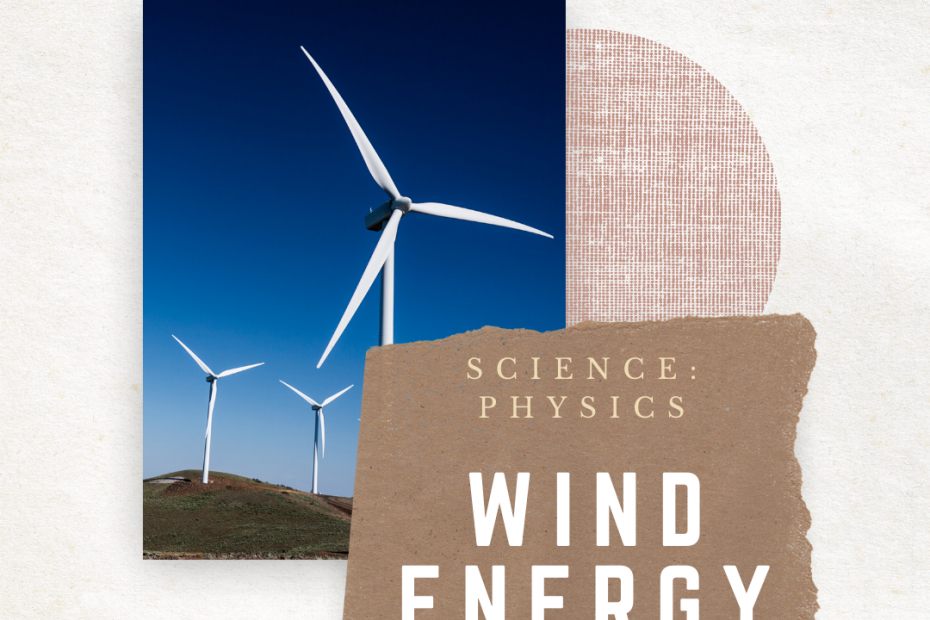Wind energy is one of the cleanest, most sustainable ways to generate electricity.
What is wind?
As basic as it sounds, let’s talk about what wind is. Wind is simply air in motion. The Earth’s surface is a mix of land and water – it absorbs the Sun’s heat at different rates. This uneven heating of the Earth’s surface by the Sun causes movement in the air, which is wind.
- During daytime, air above land heats up more quickly than the air over water. The warm air over the land expands and rises, and the heavier, cooler air rushes in to take its place, creating winds.
- At night, the situation is reversed – air cools more rapidly over land than over water, so the winds are reversed also.
- Similarly, large atmospheric winds that circle the Earth are created because the land near the Earth’s equator is heated more by the Sun than the land near the North and South Poles.
Why is wind energy renewable and sustainable?
Wind will continue to blow as long as the sun shines. This source of energy (just like solar energy derived from the Sun) will always be available, which is why wind energy is both renewable and sustainable.
Wind power
- produces no toxic emissions
- is abundant and
- an excellent alternative to the fossil fuels that harm our health and threaten the environment.
But how do we “get” Wind Power?
Wind turbines are devices that convert the wind’s kinetic energy into electrical power.
How does a wind turbine create electricity?
- When the blades of the turbine catch the wind they turn a rotor (a circular gear-like rotating assembly part). Each turn of the rotor is called a revolution.
- The rotor then turns a shaft (a long cylindrical pipe).
- The shaft is connected to a set of cogs called a gearbox.
- The gearbox is connected to a generator, which makes electricity when it turns.
- The electricity is sent down electrical cables that take it to a power grid.
- The power grid is a network of electrical cables that distributes the electricity to houses and offices.
How much energy can be collected?
This depends on wind speed. Several factors can affect wind speed –
- height from the ground (higher, the better)
- wind power which varies with temperature and altitude. The more the wind blows, the more power will be produced by wind turbines.
- seasonal and daily variation in wind speed.
The History of Wind Power
Wind power is not new – humans have been harnessing its power for centuries past. Think sailboats and windmills that were used to pump water on farms.
Wind Energy today
Wind energy is currently the fastest growing source of electricity in the world.
The Market for Wind
At the end of 2012, the U.S. wind power market reached more than 60,000 MW. Nearly half of this capacity is located in Texas, California, Iowa, Illinois, and Oregon [15].

Source: American Wind Energy Association, Wind Industry Annual Market Report 2012IS
Links
- An Interview with the Co-Founders of Dermanostix - August 14, 2020
- NASA & SpaceX’s Successful Space Launch - June 12, 2020
- Types of Engineering - June 10, 2020




